
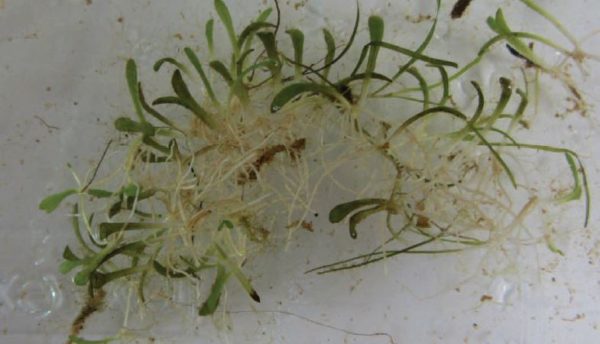
Invasive Species Highlight: Mudmat
October 23rd, 2018
AS SEEN IN Northeast Aquatic Plant Management Society Nor’Easter Newsletter Written by Industry Experts Emily Mayer, Aquatic Biologist and Kate Arnao, seasonal team member As its name suggests, mudmat (Glossostigma cleistanthum) is an invasive aquatic plant species that forms dense, green mats in littoral zones. The iconic bunny ear-shaped leaves of mudmat serve as a unique […]
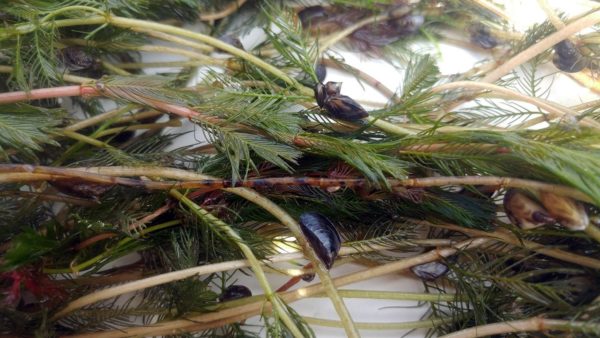
Are Zebra Mussels Harmful?
October 4th, 2018
Written by Industry Expert Bob Schindler, Aquatic Biologist Ecological impacts, habitat distinctions, and sustainable management options for Zebra and Quagga mussels in freshwater environments Widespread occurrences of both Zebra mussels (Dreissena polymorpha) and Quagga mussels (D. rostriformis bugensis) have been well documented since their initial confirmation within the Great Lakes during 1986 and 1991, respectively. […]

Common Nuisance & Invasive Plants You May Be Mistaking for Waterlilies
September 4th, 2018
Yellow waterlily, white waterlily and watershield can play important roles in aquatic ecosystems when managed properly. When you look out at your lake or pond, you may see some floating, broad-leaved plant species. The most common native species with floating leaves are yellow waterlily (Nuphar variegata), white waterlily (Nymphaea odorata) and watershield (Brasenia schreberi). Depending […]
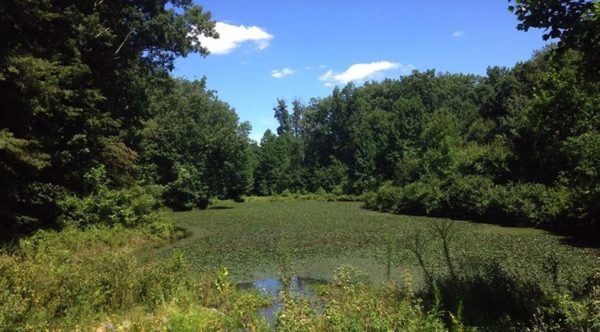
Invasive Species Highlight: Water Chestnut
August 6th, 2018
Water chestnut has invaded waterways from Canada to Virginia along the East Coast since its introduction in the 1870s. Water chestnut can be identified by its triangular serrated floating leaves arranged in a rosette pattern, radiating from a central stalk. The stalk is rooted to the bottom substrate and covered in feathery submersed leaves. These […]
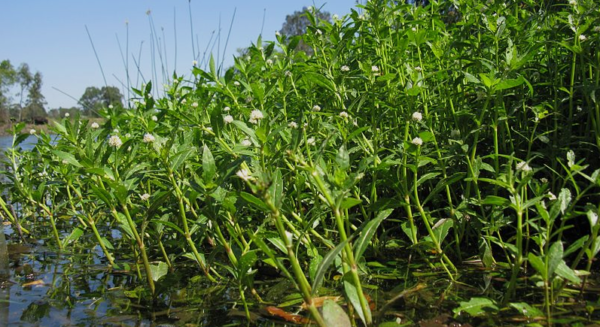
Invasive Species Highlight: Alligatorweed
July 5th, 2018
Alligatorweed (Alternanthera philoxeroides) is a perennial plant native to South America. It was first reported in the United States in 1897. Listed as a prohibited aquatic weed in many states, its growth has caused significant economic and ecological damage throughout the Southern United States. Alligatorweed reproduces in North America primarily through vegetative propagation, but seeds […]
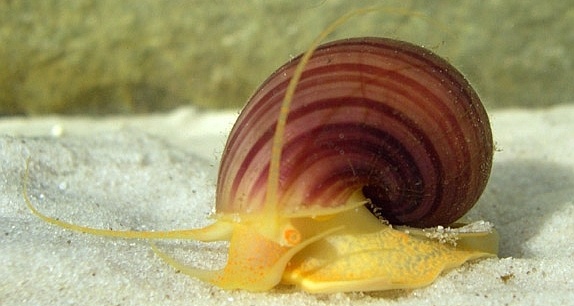
Invasive Species Highlight: Apple Snails
June 7th, 2018
As global travel and transport become increasingly accessible, the risk of plant, animal, insect and mollusk relocation becomes greater. This is a serious problem. When a species native to one region is introduced to another, it is considered invasive. Invasive species have few or no natural predators and often destroy entire ecosystems by competing with […]
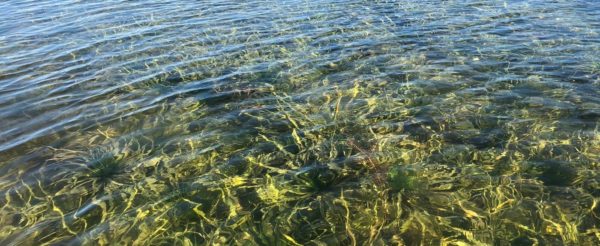
Case Study: Managing Invasive Water Soldier in a Canadian Waterway
April 9th, 2018
The only known Water Soldier infestation in North America… Canada’s Trent-Severn Waterway provides a link between Lake Ontario in the southeast and Georgian Bay in the northwest, allowing boat navigation for its entire 240- mile length through a system of rivers and lakes, and 41 locks. Water Soldier (Stratoides aloides), an invasive aquatic plant that […]
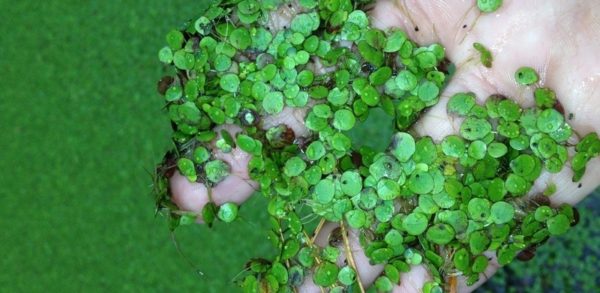
A Homeowner’s Guide to Aquatic Hitchhikers
March 1st, 2018
Do you know what costs homeowner’s associations, small communities and government agencies over 120 billion dollars annually? The answer is invasive species. Far beyond the monetary costs, invasive species create unsightly, unbalanced and unhealthy aquatic ecosystems. Unfortunately, human activity is responsible for most infestations. Whether you’re a part of a lake community, live near a stormwater […]
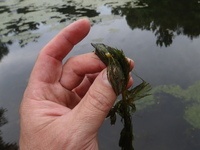
Nuisance Aquatic Plant Highlight: Fanwort
October 23rd, 2017
What’s purple and green, with a little white flower? Fanwort: it’s a competitive aquatic plant that grows in dense mat-forming patches. Its submersed leaves are its name-sake — dissected into a thin, flat fan-shaped display. The submersed leaves grow approximately 5 cm across and appear in opposite pairings on the stem. Small, diamond-shaped floating leaves […]
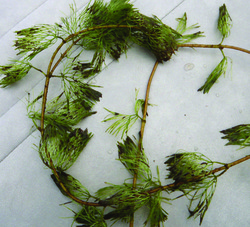
Combating Invasive Species While Protecting Native Plants Downstream
October 12th, 2017
Written by Industry Expert Amanda Mahaney, Aquatic Biologist Agawam Mill Pond, located in Wareham, Massachusetts, is a 150-acre waterbody owned by the Commonwealth of Massachusetts and is managed by the MA Division of Fish and Wildlife (MA DFG). It is used heavily for recreational activities, such as boating, fishing and swimming, and supports moderate residential […]









